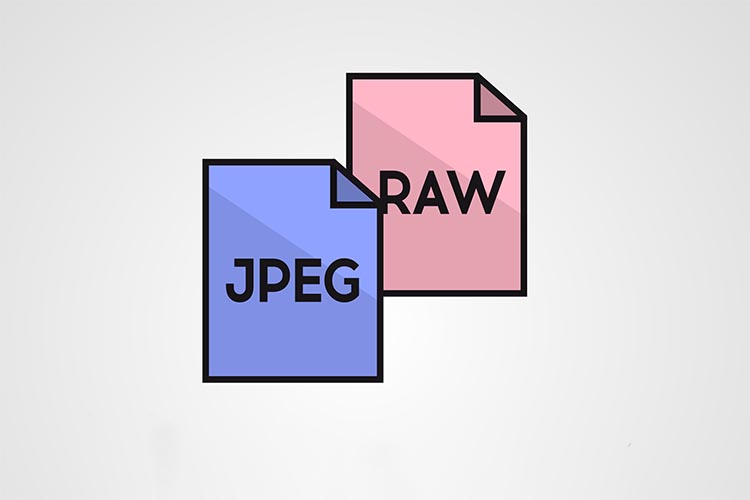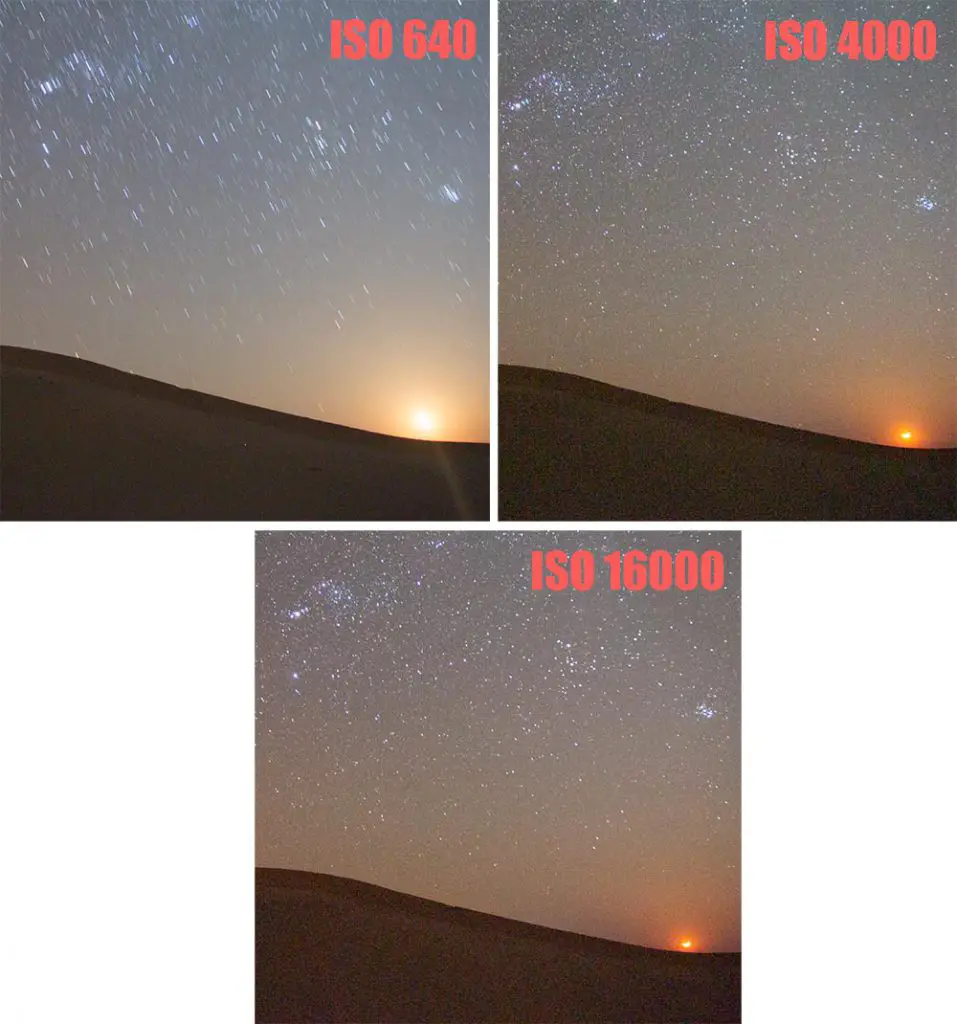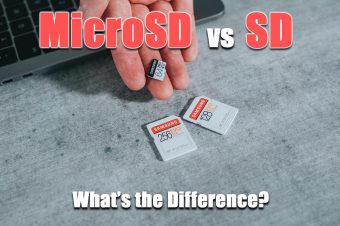1TB can hold tens of thousands to hundreds of thousands of pictures, and just over one to several tens of hours of video, depending on the factors we will explore below.
We all know 1TB is a lot of space. Yet, if you are a professional photographer or videographer —or simply a devoted hobbyist— you must figure out how much data you can really store there. Otherwise, you risk running out of space in the middle of a critical photo session or video, besides getting a major headache (yep, no joke there).
So, how many photos can 1TB hold? And how many hours of video?
Well, the answer to those questions will depend on several factors that you should have in mind even before pressing the shutter.
But don’t worry! It’s a lot simpler than it sounds.
In this post, you’ll learn which variables affect the file size of your photos and videos. Plus, you’ll get a better idea of how much data you can fit in 1TB— including RAW and JPEG images and Full HD and 4K video.
Let’s begin with stills.

How many pictures can 1TB hold?
As a rough example, 1TB can hold between 20,000 and 300,000 photos depending on image quality and file format.
And yes, I know that range sounds pretty broad, but I would be lying to you if I gave you a sole number for that question.
Storage capacity and file sizes depend on many variables. Thus, there is no exact number of images you can store on a memory card.
However, you can calculate an estimate based on the average image file size.
That brings us to the following point:
What affects photo file size?
The file size of your photos will depend on these three aspects: camera resolution, photo file format, and ISO.
Camera resolution
Camera resolution refers to the megapixel count of your camera. The more megapixels, the larger the file size.
Still, megapixels alone don’t say much about file size or image quality, but they sure make a difference when you switch cameras.
Photo file format

In digital photography, you can either shoot RAW or JPEG. Besides, you can choose the compression level on JPEG images.
Those decisions will be crucial to calculate how many photos does 1TB hold, as they will drastically change the image file size.
For perspective, a RAW file is 3-5 times larger than a JPEG, even if you use the highest JPEG quality settings. That is because RAW files contain all the unprocessed data captured by your camera sensor. Think of them as the raw ingredients of a dish for you to cook to your liking.
JPEGs, on the other hand, are compressed images. That means your camera processes them automatically, and they only retain a part of the data from the original photo. Following the same cooking analogy, JPEGs are like prepackaged meals that come ready to eat.
Also, depending on the compression level you select for JPEG images, you could reduce the file size considerably to save more space on your card.
Yet, remember that more compression means more loss of information and, therefore, lower image quality, so that’s something to consider.
ISO and noise

You might already know that high ISO increases noise in your pictures. Well, in addition to that, it also increases the file size, as the excess noise makes compression more complex.
OK, now that we know which factors affect file size, it’s time to calculate how many photos fit on 1TB.
As a quick reference, here are two comparative tables of file sizes for different cameras and image formats:
Note: these charts show an estimated number of photos for a 1TB memory card with an actual capacity of 930GB. If you want to calculate the average file size of your camera, check this article.
How many RAW photos can 1TB hold?
| Canon EOS R5 (45MP) | Canon EOS 4000D (18MP) | Sony A7III (24.2MP) | Nikon Z 7II (45.7MP) | |
| Average RAW file size | 45.4 MB1 | 24.5 MB2 | 47.3 MB3 | 47.3 MB4 |
| Possible RAW shots (approx.) | 20.484 | 37.959 | 19.661 | 19.661 |
1: File size information according to the Canon EOS R5 user manual. Canon uses lossless compression on their RAW files to reduce file size without losing data.
2: File size information according to the Canon EOS 4000D user manual. Canon uses lossless compression on their RAW files to reduce file size without losing data.
3: File size for uncompressed 14-bit RAW files according to The Digital Picture’s Sony A7III Review. The file size remains consistent throughout the ISO range, hence the high number. The average file size for compressed RAWs is about 23.8 MB.
4: File size for lossless compressed 14-bit RAW files according to the Nikon Z 7II user manual.
How many JPEG photos can 1TB hold?
| Canon EOS R5 (45MP) | Canon EOS 4000D (18MP) | Sony A7III (24.2MP) | Nikon Z 7II (45.7MP) | |
| Average high-quality JPEG file size | 13.5 MB1 | 6.4 MB2 | 12 MB3 | 15.7 MB4 |
| Average medium-quality JPEG file size | 7.8 MB1 | 3.4 MB2 | 6.5 MB3 | 11.2 MB4 |
| Average low-quality JPEG file size | 4.7 MB1 | 2.2 MB2 | 4 MB3 | 3.3 MB4 |
| Possible shots for highest JPEG quality settings (approx.) | 68.889 | 145.312 | 77.500 | 59.235 |
1: File size information according to the Canon EOS R5 user manual.
2: File size information according to the Canon EOS 4000D user manual.
3: File size information according to Photography Blog’s Sony A7III Review.
4: File size information according to the Nikon Z 7II user manual.
How many hours of video can 1TB hold?

As with still photos, the number of videos you can store in 1TB will depend on several factors that affect the size of the individual files.
What affects video file size?
In principle, the bit rate is the most important variable to calculate how much video can 1TB hold— besides the duration, obviously. Nevertheless, there are other elements that we don’t always keep in mind.
Since digital video compiles a lot of technical stuff, it can get quite confusing. So, let’s focus on the main three factors that alter the file size of your videos:
Frame Rate
Video is nothing more than a sequence of still photos. So, if you increase the frame rate, the file size increases too, as there are more photos per second of video.
The standard frame rate in film is 24 frames per second (fps), but 30fps and 60fps are also popular.
If you want to record videos in slow motion (for example, to capture a splash or an object in mid-air), you will need to work with a frame rate of 60fps or higher. That will result in larger files, causing you to fill up your memory card much faster.
Bit Rate
Most people would think the quality and file size of the videos depends mostly on resolution, but it relies more on the bit rate instead.

Bit rate —indicated in Mbps— refers to the amount of data encoded per second of video. As a general guide, 100Mpbs is a common bit rate for a 4K video shot at 24fps. Yet, that will depend on the compression and video capabilities of each camera. Check your camera manual to see that information.
In practical terms, all you need to know is that the higher the bit rate, the higher the quality, but the larger the file size.
File Format
The digital video format combines the video codec and the container used by your camera. Most consumer-level digital cameras use the H.264 codec with MOV and MP4 containers, offering superb image quality and relatively easy to handle file sizes.
The more efficient the codec, the lighter the file will be. For example, the H.265 (HEVC) codec allows you to capture video with the same quality as traditional H.264 but at half the file size. Sadly, you don’t have much control over the codec or formats offered by your camera.
How many hours of HD video can 1TB hold?
| Canon EOS R5 (45MP) | Sony A7III (24.2MP) | Nikon Z 7II (45.7MP) | |
| 1920 × 1080 @ 120fps | 6 hr. 10 min1(360 Mbps) | 21 hr2(100 Mbps) | 15 hr 36 min3(144 Mbps) |
| 1920 × 1080 @ 60fps | 12 hr. 14 min1(180 Mbps) | 41 hr 36 min2(50 Mbps) | 40 hr 15 min3(56 Mbps) |
| 1920 × 1080 @ 30fps | 24 hr. 16 min1(90 Mbps) | 41 hr 36 min2(50 Mbps) | 80 hr 7 min3(28 Mbps) |
| 1920 × 1080 @ 24fps | 24 hr. 16 min1(90 Mbps) | 41 hr 36 min2(50 Mbps) | 80 hr 7 min3(28 Mbps) |
1: Approx. time according to the Canon EOS R5 user manual. Times vary a lot depending on the selected compression type and bit rate.
2: Approx. time according to the Sony A7III user manual.
3: Approx. time according to the Nikon Z 7II movie recording time chart.
How many hours of 4K video can 1TB hold?
| Canon EOS R5 (45MP) | Sony A7III (24.2MP) | Nikon Z 7II (45.7MP) | |
| 4K (UHD) @ 120fps | 1 hr. 10 min1(1880 Mbps) | – | – |
| 4K (UHD) @ 60fps | 2 hr. 21 min1(940 Mbps) | – | 6 hr 15 min3(360 Mbps) |
| 4K (UHD) @ 30fps | 4 hr. 42 min1(470 Mbps) | 21 hr2(100 Mbps) | 15 hr 36 min3(144 Mbps) |
| 4K (UHD) @ 24fps | 18 hr. 17 min1(120 Mbps) | 21 hr2(100 Mbps) | 15 hr 36 min3(144 Mbps) |
1: Approx. time according to the Canon EOS R5 user manual. Times vary a lot depending on the selected compression type and bit rate.
2: Approx. time according to the Sony A7III user manual.
3: Approx. time according to the Nikon Z 7II movie recording time chart.
So, How Many Photos Can 1TB Hold?
As you can see, there is no rule of thumb to know how much 4K video can 1TB hold— and neither for still images.
The real capacity of your memory card will depend on the camera you use and the recording settings you choose. But, hopefully, this article has helped you determine an estimate for your reference.
Last but not least, if you are planning to buy a new memory card, don’t focus only on the storage capacity. Check out this article on which is the best SD card to learn more!
Read More:
How many photos can 16GB hold?






Leave a Reply